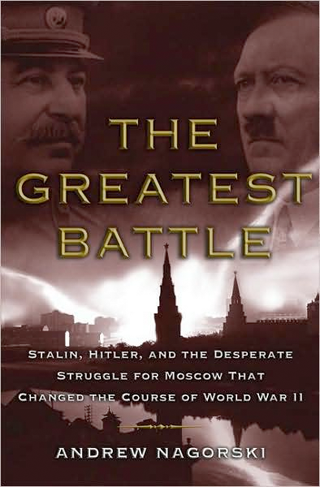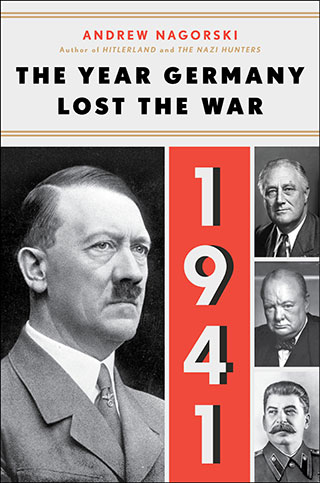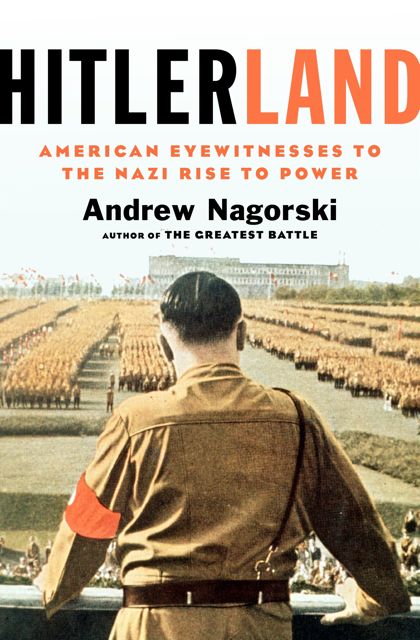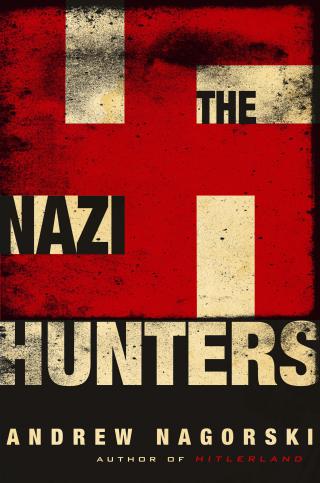Incensed by leaks about how their current rulers had lied about the economy, Hungarian protesters took to the streets of Budapest last month, demanding the resignation of Prime Minister Ferenc Gyurcsany. They attacked the state TV station, overturned cars and fought with police, leaving about 200 people injured. News reports pointed out that this was the worst outbreak of violence in the country since the 1956 Hungarian Revolution, whose 50th anniversary will be observed on Oct. 23. True enough -- but the two events can hardly be compared. The violence this time was brief, and Hungary's democratic system kept the crisis from spinning out of control. In 1956, there was a real revolt -- and very real Soviet retaliation, resulting in about 2,500 deaths and 10,000 wounded during the fighting, as well as an estimated 330 executions and thousands of arrests after Soviet tanks crushed the rebellion. The unmistakable message: The Kremlin wasn't going to allow its satellite to break free.
Two new books provide a timely reminder of the short-lived revolt and its long-term consequences. Twelve Days , by the Hungarian-born British journalist Victor Sebestyen, is the more detailed chronicle, capturing the rapid trajectory of an uprising that he is convinced was doomed. Michael Korda's Journey to a Revolution is at its best in recounting the author's improbable trip to Budapest right in the midst of the fighting. Along with three other Oxford students, Korda -- nephew of the famed Hungarian émigré film producer Alexander Korda -- filled up a Volkswagen convertible with medical supplies and drove to the revolution. These accounts neatly complement each other.
The starting point for this desperate revolt was the brutal rule of Mátyás Rákosi, Stalin's Hungarian imitator. In a country with a population of less than 10 million, Sebestyen notes, 1.3 million people were persecuted during the height of his reign of terror, from 1950-53; half of those people were jailed, and more than 2,350 were summarily executed. If Rákosi had ruled a bigger country, Sebestyen concludes, "he would now be recognized as one of the greatest monsters of the twentieth century." And as one of the most cynical. Although Rákosi and many of his top aides were Jewish, he immediately joined in Stalin's anti-Semitic campaign just before the Soviet dictator's death in 1953.
The other key player was Imre Nagy, also a dedicated Communist Party member who had spent many years in Moscow and then served in a variety of top posts. Party boss Rákosi treated him as a dangerous rival because of his occasional willingness to push for more conciliatory policies. In 1955, Nagy was ousted as prime minister and expelled from the party. In the wake of Nikita Khrushchev's famous de-Stalinization speech in February 1956, Hungarians began to demand an end to Rákosi's dictatorship. The Kremlin opted to replace him with an ideological twin, Erno Gero. When student protesters took to the streets on Oct. 23, they demanded the return of Nagy.
Nagy was a reluctant revolutionary who still believed in a gentler brand of communism while his supporters were dreaming of full freedom and Cold War neutrality. When the Kremlin leaders reappointed him prime minister, they did so hoping to quell the protests. Instead, as the violence escalated and Hungary's rebels drove the Soviet occupiers out of Budapest, he was pushed into a more openly defiant stance. At the end, this veteran communist won the hearts of most of the rebels, even as he found himself deceived by his former Soviet masters, who launched a massive assault on Budapest to retake control. During the fighting, one freedom fighter told Korda that he had thought of Nagy as "just another communist stooge," but then he began to respect him. "He has balls," he concluded.
Nagy paid for his courage with his life. The Soviet Union sent in 500,000 troops to put down the hastily improvised rebellion, a show of force designed to intimidate any would-be imitators elsewhere in Eastern Europe. Despite the Eisenhower administration's talk of "rollback" of the Iron Curtain, Washington -- along with London and other Western capitals -- did nothing to support the Hungarians. Korda believes that if the Suez crisis hadn't distracted it, the United States might have taken a different stance. Sebestyen disagrees, and he's almost certainly right. While criticizing Radio Free Europe for its "bellicose" broadcasts, he asserts that there was "nothing dishonorable" about Ike's policy since there was little he could do. Perhaps not -- but, given its previous rhetoric, Washington should have felt a burning sense of shame.
Both authors conclude that Moscow was the real loser in the long run. "Not since Pyrhhus himself has there been so Pyrrhic a victory," writes Korda. The graphic images and dispatches of Western correspondents from Budapest fully exposed the true nature of Soviet power. "Soviet savagery in Hungary fractured the Left throughout the world, particularly in Europe," Sebestyen adds. In subsequent showdowns in the region, the Kremlin was more cautious in applying brute force -- even when its tanks rolled again, this time to suppress the Prague Spring of 1968. The two books fail to mention another highly significant result: After Budapest, opposition movements like Charter 77 in Czechoslovakia and Solidarity in Poland realized that their most effective weapon was nonviolent resistance. Ultimately, the bloodshed in Hungary helped prevent another bloodbath as the Soviet empire collapsed. Which is why Hungarians can be truly proud as they commemorate the 50th anniversary of their seemingly hopeless revolt.









